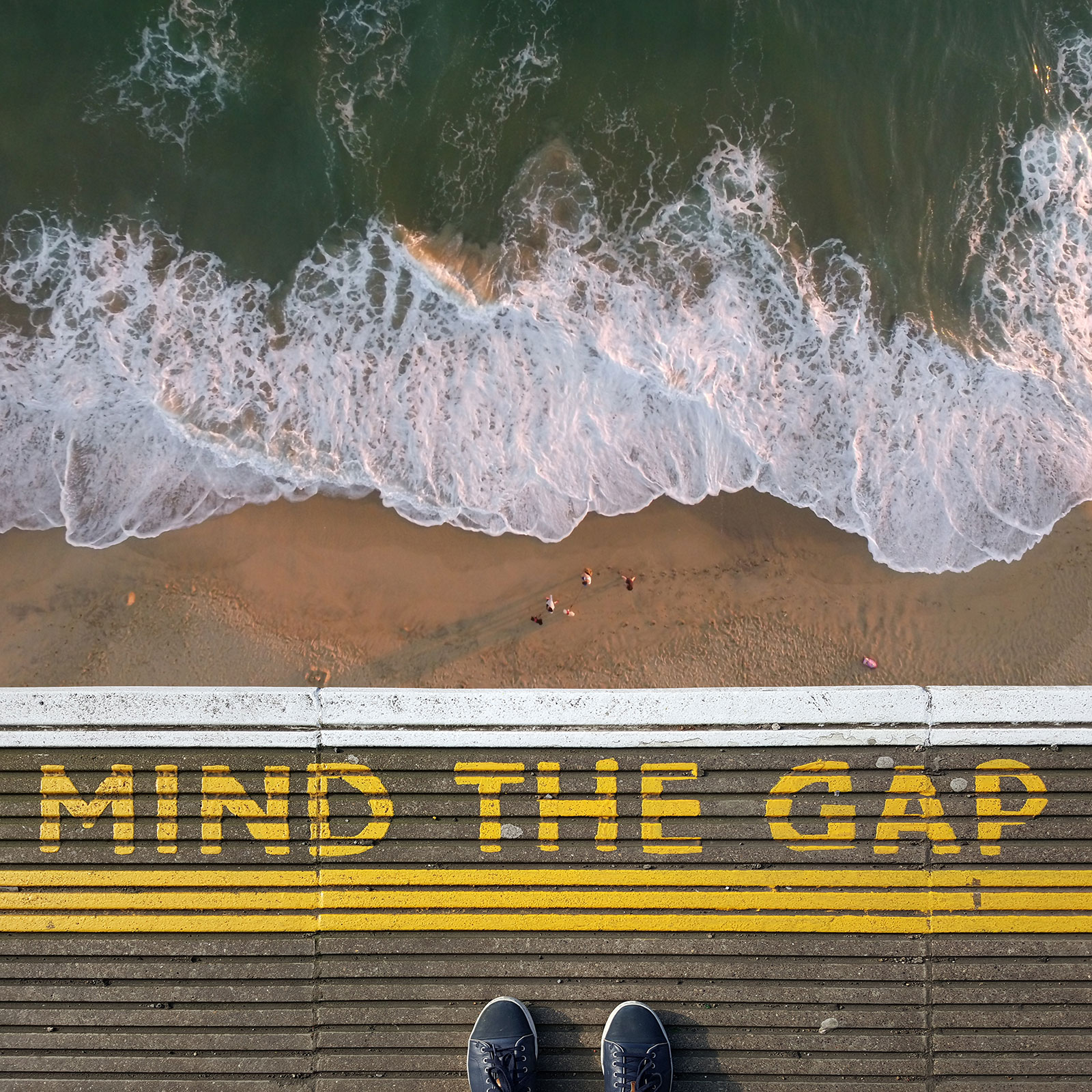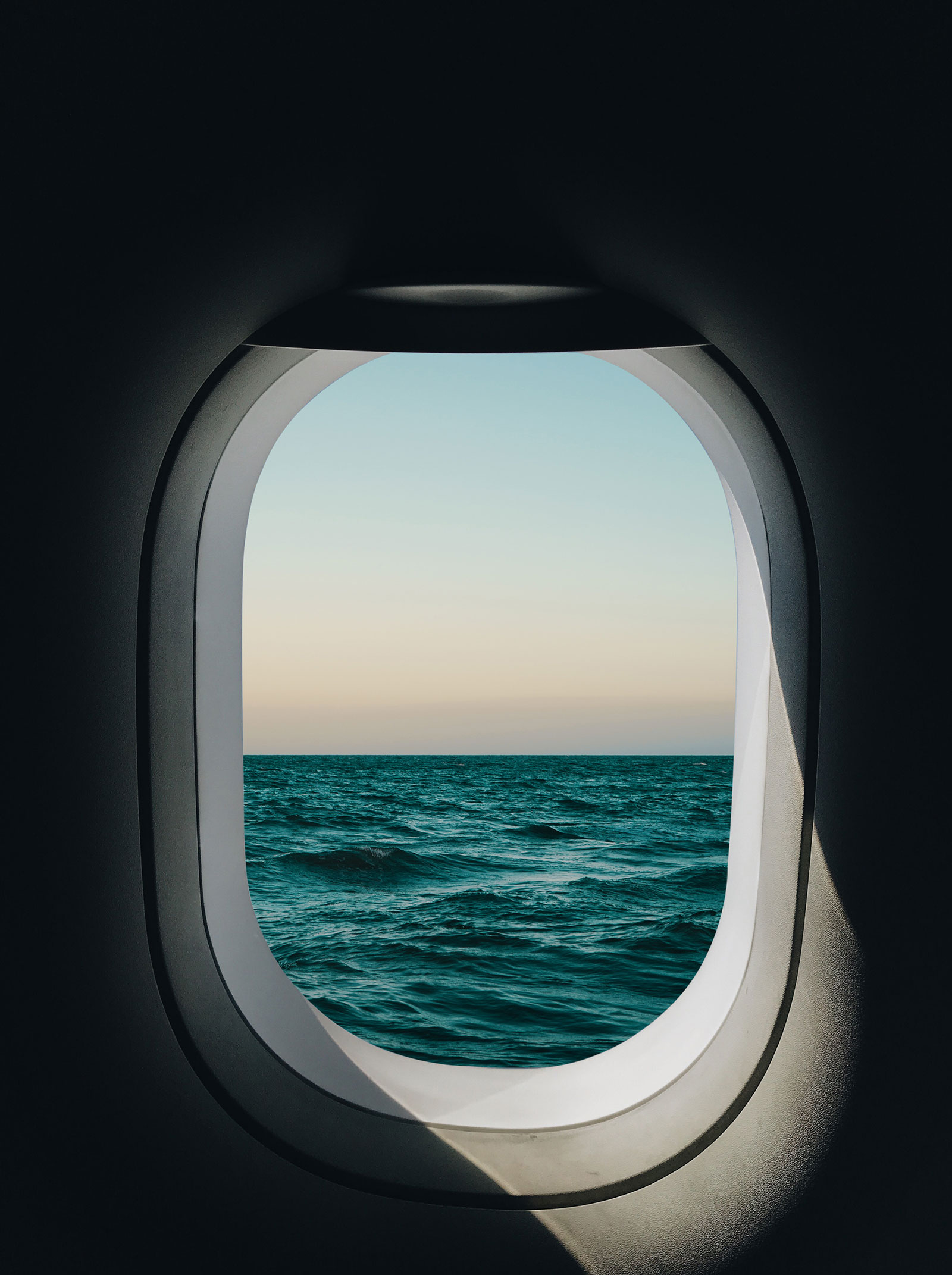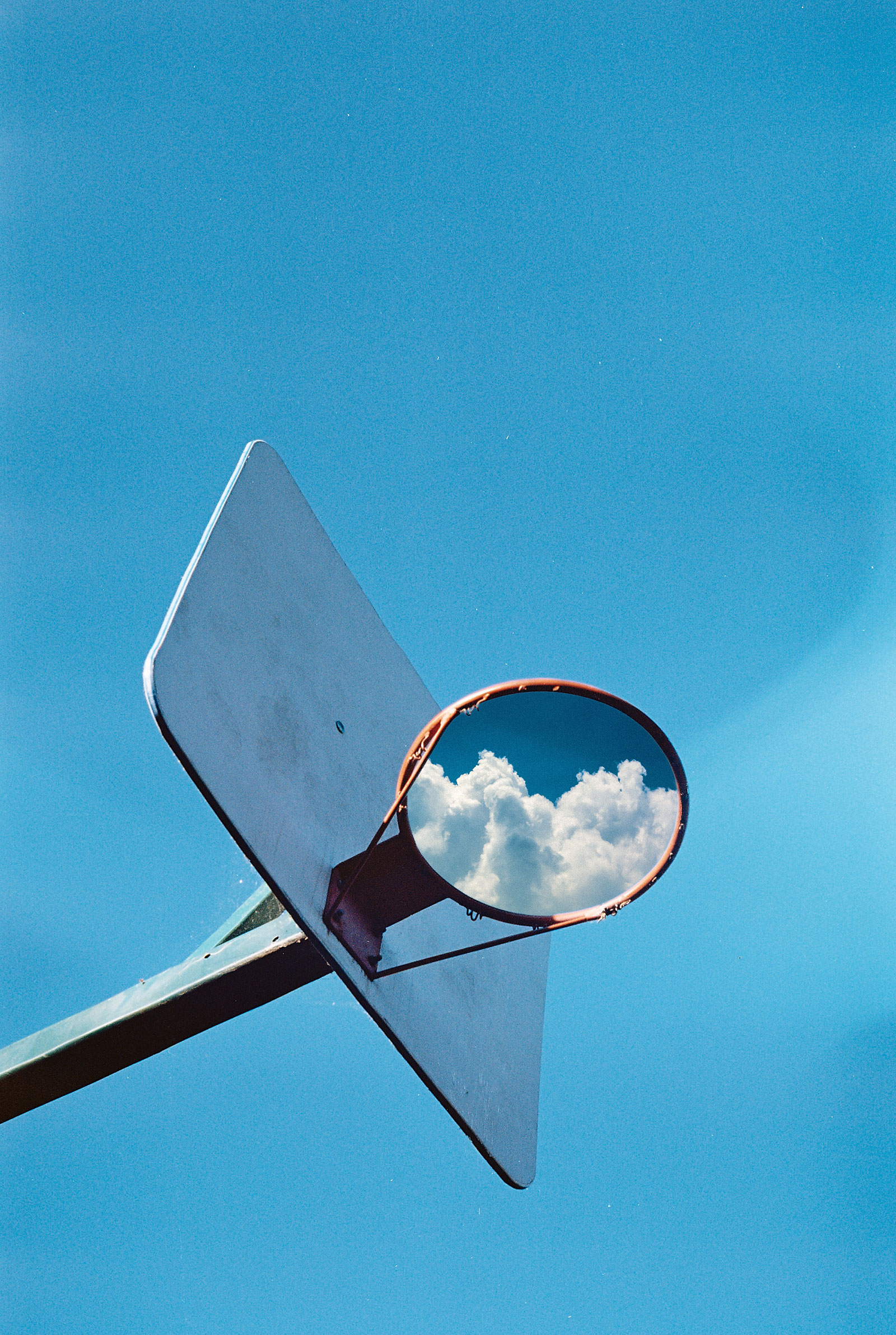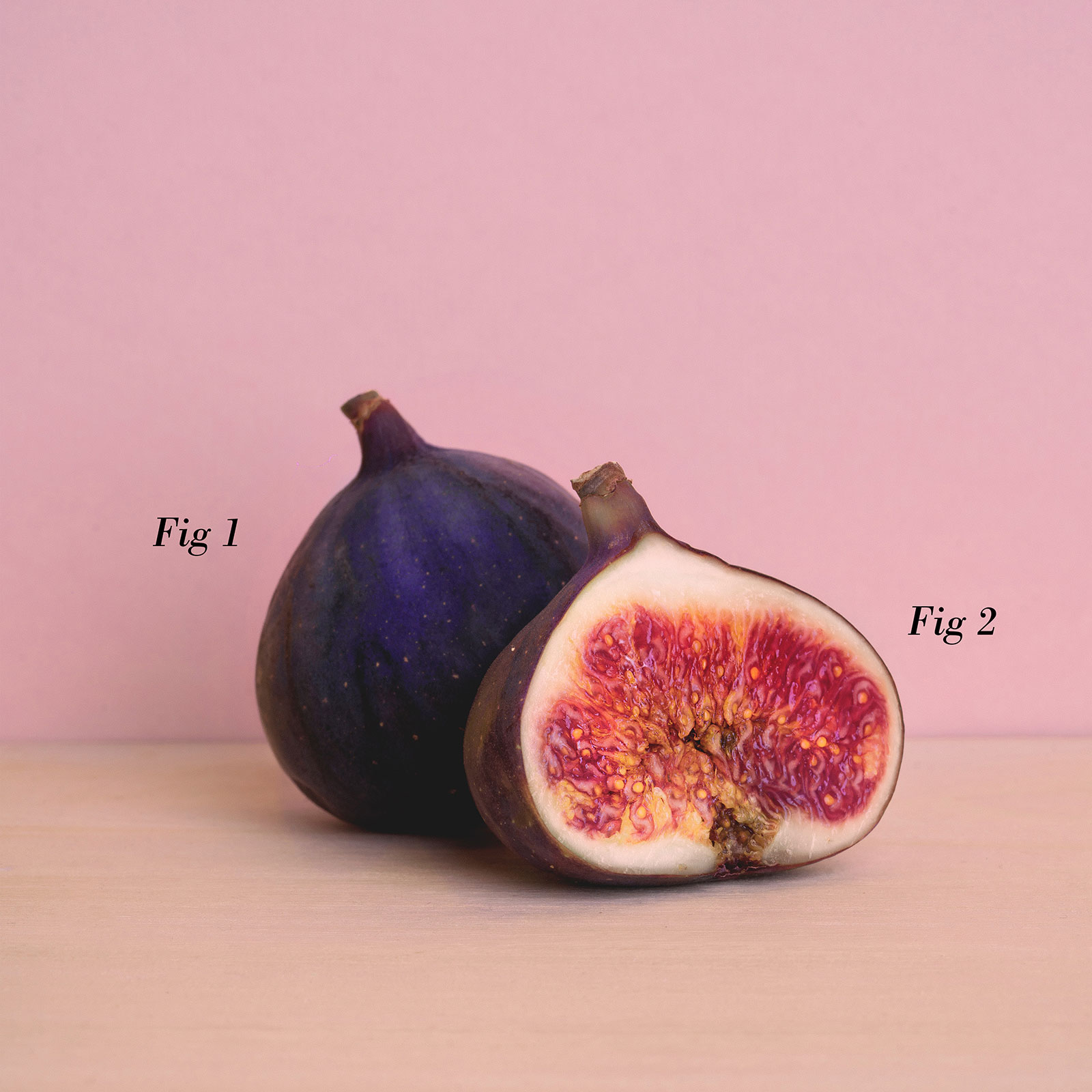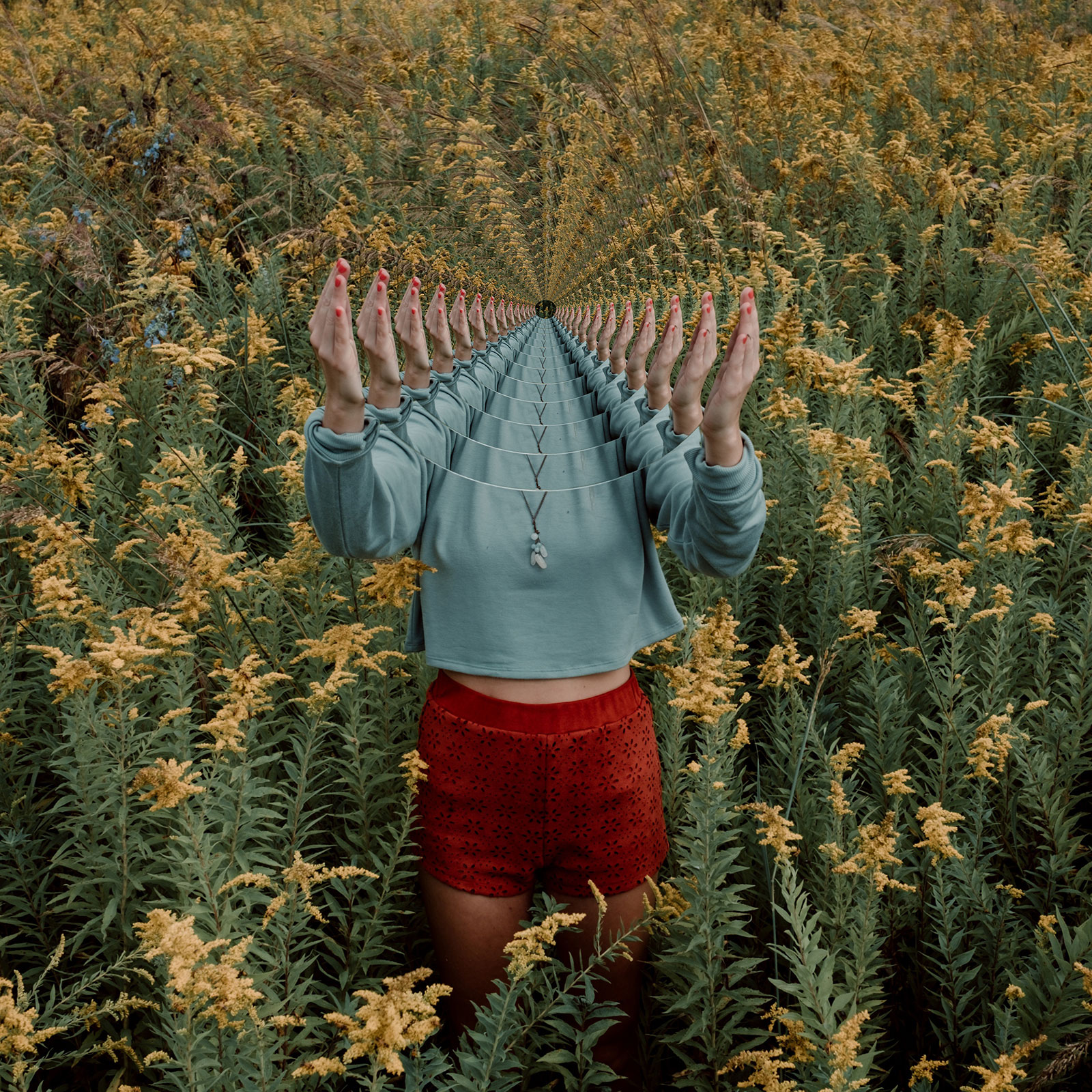Kill It and Start Over: Why Side Projects Are Essential for Creatives
The joy of the work beyond the work
For the past few years, I’ve lost countless hours trawling through the internet’s most unoriginal content—stock photos. I’m head of art at TBWADublin, exposed to some of the industry’s best talent and temerity, yet I have a secret, burning love for these generic treasures. Why?
Well, because of my side project. Stock Exchange.
To backtrack, throughout my career, I’ve always had a side project on the go—not a side hustle aimed at financial windfall, but a creative project to stretch my metaphorically creative legs. These endeavors have normally been collaborations with other, more talented people with different skill sets to my own. However, while great on paper, these pursuits are extraordinarily time consuming in reality; you have to rely on other people’s schedules aligning and social lives matching up with your own—a rarity if it ever happens.
So this time, I wanted to start something that I could do myself—and quickly, too. But using stock photography? Truthfully, that was a bit of a shortcut. Stock has a pretty bad rep in the creative industry—it’s seen as cheap and completely lacking in creativity. I wanted to see if I could flip that on its head. Could I make something visually interesting and aesthetically pleasing from boring stock images?
I think more than anything, this project has taught me to perpetually look at things from a different perspective. There’s never one way to answer a brief, and, ego-crushingly, your first answer is invariably always going to be the wrong one. This process has cured me of believing that ideas are precious beings—the iterative process of finding images and concepts that work has taught me that if something isn’t working to just kill it and start over.
It’s also reminded me of the need to immerse myself in areas I’m less versed in. In a previous, digital-focused role, I noticed that all the art directors in the agency were tooling up their digital skills. I quickly realized that to stay relevant, I was going to have to learn how to do the traditional work, too. While some skills can be learnt by osmosis, others are best taught at the coal face, and turning my creative hand to something new has done just that.
To be honest, I never set out with a theme in mind. But over the past couple years of this project, I have noticed certain themes develop. I realized early on that a lot of the images had a vertigo feel to them, and then lately there’s been a lot of planes and trains submerged under water or in various disastrous situations. I’m not crazy about heights, and I don’t really like traveling, so I think those two themes have subconsciously emerged in my work. It was never intentional. On the flip side, all the basketball content comes from a deep appreciation of the sport’s aesthetic.
I’m fortunate enough to work within an amazing culture of encouraging and nurturing passion projects. TBWADublin’s ECD writes children’s books, our two creative directors are writing and directing films, and one of our art directors even illustrates comics for DC in his spare time. These side projects are essentials in full-time creative work. Not least because you need that space to play—where anything goes and you call the shots. It’s where we get to flex and train our creative muscles. It sounds so wanky, but it’s true. I learned pretty quickly that even though I have a creative role, in a creative industry, that much of my time is spent in meetings or knee-deep in my inbox—not the pure “creating” I had once foreseen.
But in those quiet moments, the ones when it’s just me, Photoshop and hundreds upon thousands of stock images to trawl through, the incredible rush of creating for the pure sake of creating thunders in again. It’s pretty special.





